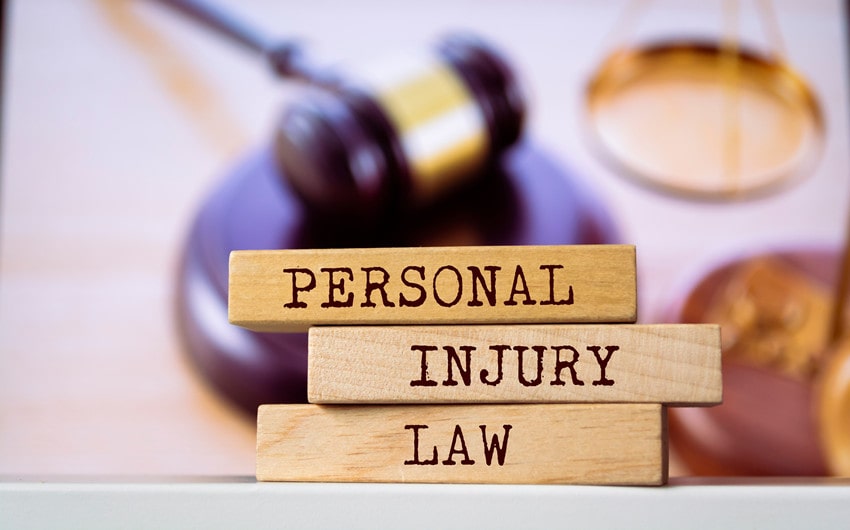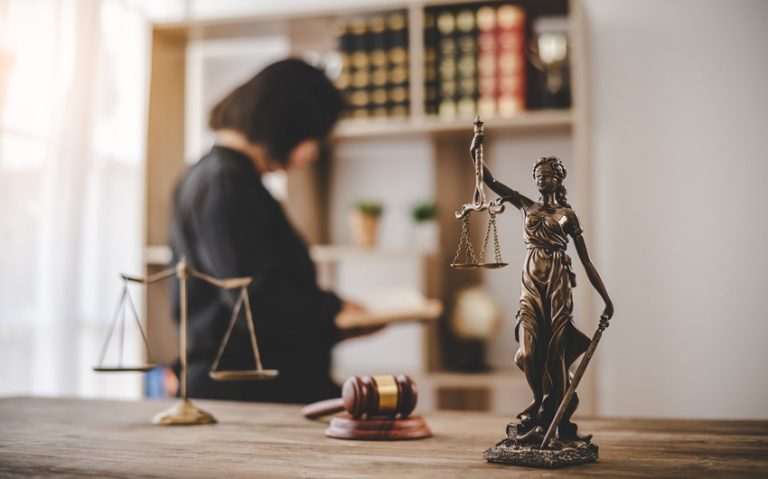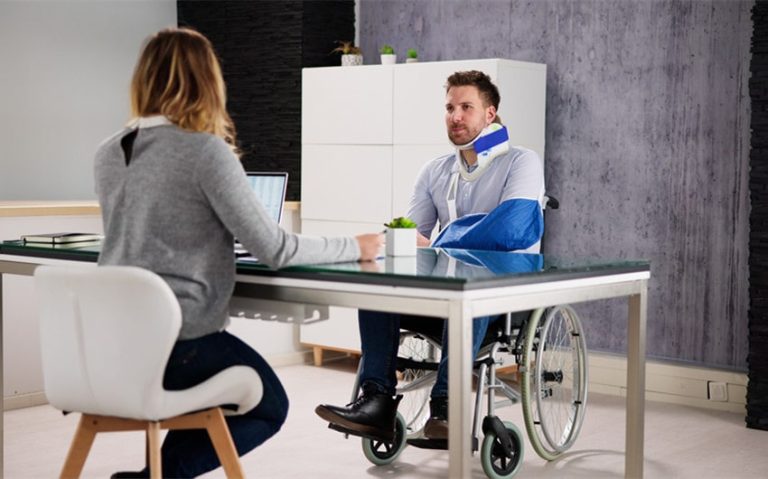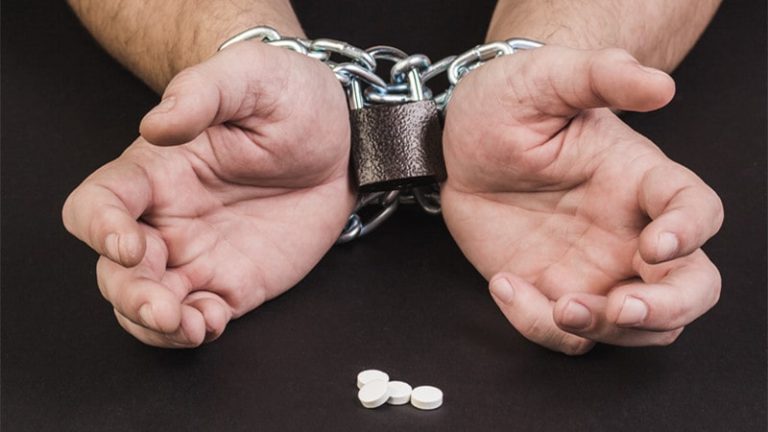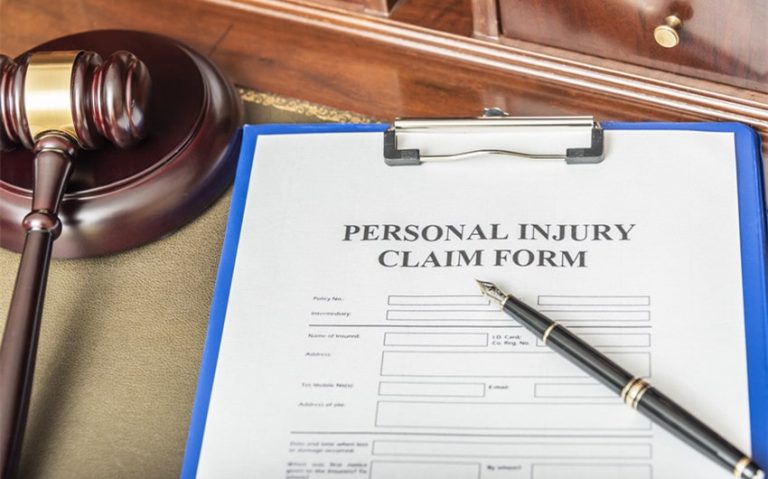Accidents happen. And when they do, the physical and emotional toll can be overwhelming. One unexpected moment, and suddenly you’re facing a world of medical bills, lost wages, and the physical and emotional challenges of an injury. If this unfortunate reality strikes due to someone else’s negligence in California, the legal system might seem like a labyrinth of complexities. In such a case, you may be able to seek compensation following a personal injury lawsuit.
When someone sustains a personal injury due to another party’s negligence or wrongful actions, filing a lawsuit can be a viable option to seek compensation. However, navigating the legal system can be complex for those unfamiliar with it. Before you shell out the big bucks for a personal injury attorney, see if some of them offer a free consult for your case. For now, read this article which outlines the essential steps to filing a personal injury lawsuit.
Seek Immediate Medical Attention
After an accident resulting in injury, immediate medical attention is crucial. Not only does this ensure your well-being, but it also provides official documentation of your injuries. Prompt medical treatment helps establish a direct connection between the incident and your injuries in court.
Gather Evidence at the Scene
If possible, gather evidence at the scene of the accident or incident. Take photographs of any property damage, injuries sustained, and any hazardous conditions that may have contributed to the incident. Additionally, obtain contact information from any witnesses present during the events leading up to your injury. Also gather information about the property owner.
Consult with an Experienced Personal Injury Attorney
Navigating the legal intricacies of a personal injury lawsuit can be overwhelming without proper guidance. Contacting an experienced personal injury attorney is crucial during this process as they possess the in-depth knowledge and expertise required to handle such cases effectively. A skilled attorney will evaluate your case’s merits, advise you on your rights and legal options, and guide you through each step.
Preserve Relevant Documents
Preserving all relevant documents related to your case is vital for building evidence against the liable parties involved in causing your injuries. Keep all medical records, including diagnosis reports, treatment receipts, and doctor’s notes documenting your ongoing health concerns stemming from the incident. It is also important to retain any police reports or accident/incident reports filed as they form a critical evidence component.
Communicate with Insurance Companies Carefully
After an accident or injury that you believe results from someone else’s negligence or intentional actions occurs, the insurance companies involved need to be notified. When communicating with insurance adjusters, it is crucial to be cautious.
Remember that their primary goal is to protect the interests of their company rather than maximizing your compensation. To ensure you are not taken advantage of, have your attorney handle all dealings with insurance companies.
Establish Negligence and Liability
In any personal injury lawsuit, establishing negligence and liability of the responsible party is crucial. To prove negligence, several elements need to be presented: duty of care owed by the defendant, breach of that duty, causation between the violation and the injuries sustained, and actual damages suffered as a result. Your attorney can help compile evidence supporting these elements to strengthen your case.
Calculate Damages
Calculating damages accurately plays a vital role in ensuring fair compensation. Damages typically fall into two categories: economic and non-economic. Economic damages include medical expenses, lost wages, and property damage or loss, while non-economic damages refer to pain, suffering, and emotional distress from the incident.
Demand Settlement or Proceed with Litigation
With all necessary evidence compiled and damages appropriately calculated, your attorney may choose one of two paths: demanding a settlement or proceeding with litigation. Often, personal injury cases get settled out of court between parties involved in order to avoid lengthy legal battles. However, taking the case to trial may be necessary if an acceptable settlement cannot be reached through negotiation or alternative dispute resolution methods such as mediation or arbitration.
Initiate Lawsuit and Handle Legal Proceedings
If both parties fail to agree on a fair settlement during negotiations or alternative dispute resolution attempts, your attorney will have to file a formal lawsuit on your behalf. The legal proceedings will involve phases like discovery: where both sides gather further evidence, pre-trial preparations, and ultimately present your case in court during the trial. The duration of this process varies depending on several circumstances, including court availability and the complexity of your case.
Be Prepared for Settlement Offers
During the litigation process, either party might present settlement offers at different stages. It is essential to evaluate these offers carefully with guidance from your attorney. Consider whether the proposed amount appropriately compensates for your damages while also taking into account the potential time and cost savings that settling would provide.
To Conclude
Filing a personal injury lawsuit requires proper planning, organization, and professional assistance to maximize the chances of favorable outcomes. Seeking immediate medical attention, collecting evidence at the scene, consulting an experienced attorney, and preserving relevant documents pave the way for building a strong case.
By adhering to these essential steps and closely collaborating with legal professionals, those seeking compensation for their injuries can navigate personal injury lawsuits effectively and logically.

